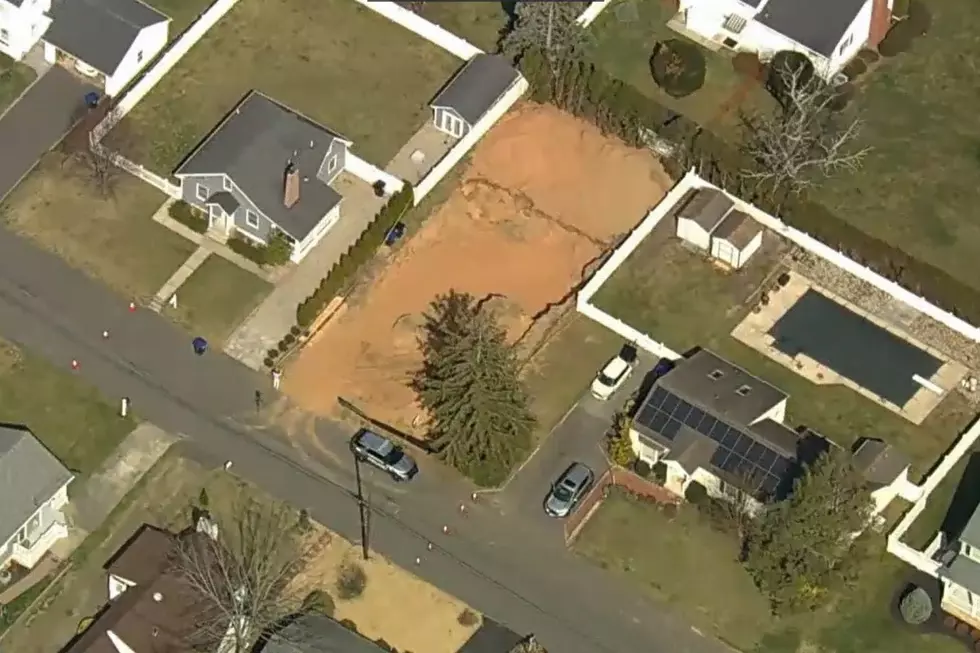
Snow Shovelers Survival Guide
Snow Shoveler’s Survival Guide
Dr. Sandro LaRocca, M.D., New Jersey’s Leading Orthopedic Surgeon Offers Back-Saving Advice and Guidance to Avoid Injury
(February 8, 2017, Lawrenceville, NJ) -- Tomorrow afternoon, a lot of people are going to find themselves in pain. With 40 Million people in the path of the anticipated snowstorm, thousands will make hospital trips and many may even require surgery. With the dangerous storm barreling down there will likely be a spike in back injuries at this because people underestimate the risks involved with shoveling snow, using a snow blower, and slipping and falling on ice. Over the years New Jersey Orthopedic Surgeon Dr. Sandro LaRocca has treated dozens of snow-removal injuries. After recognizing not o how preventable these injuries are but how serious they can become, he is issuing the Snow Shoveler’s Survival Guide to call attention to some common mistakes made when shoveling and how to avoid them.
Around 11,500 injuries occur from snow shoveling every year from 1990–2006 according to a study featured in the January 2011 issue of American Journal of Emergency Medicine by researchers at the Center for Injury Research and Policy of The Research Institute at Nationwide Children’s Hospital. Of these thousands of hospital visits, it was found that the lower back was the most frequently injured at 34%. People with existing neck and spine conditions or post-surgical patients may be unaware of what activities they can and cannot do when it comes to snow shoveling, and for those without preexisting conditions, snow shoveling is often not viewed for its dangerous potential of rupturing discs and causing herniations and painful spasms.
Dr. LaRocca declared “I’m devising the “Snow Shoveler’s Survival Kit” to combat all misconceptions of snow shoveling techniques we’ve all been practicing for years and prevent future aches and pains, which often turn out to be more serious than expected.”
Here are some useful tips:
Pick out the right shovel: People will shop for snow shovels, some with handles bent at an angle — but do these really help if they are used improperly? The short answer is yes, an angled handle aids in providing leverage — but don’t have a false sense of security and lift more snow. My concern with ergonomic shovels is that people see it as a way to lift HEAVIER mounds of snow. On the contrary, ergonomically assisted shovels are to aid an already conservative approach. Also, it’s important to keep in mind that any shovel used improperly can result in injury, and when used properly can reduce the risk of injury.
Stretch beforehand: It’s important to loosen up the muscles and get the blood flowing before going outside in the cold. Warm up the arms, legs, back, shoulders, and neck with basic exercises to reduce the risk of injury.
Stay hydrated: Like any other exercise, you will lessen your risk of cramps and spasms by hydrating sufficiently. Drink plenty of fluids throughout the day- before, during, and after shoveling.
Start out early: When shoveling in especially colder temperatures, the snow is more easily removed early on before it hardens and becomes thicker and heavier. Making multiple trips outside to shovel throughout the day may seem like a tiresome process but it is actually much safer and more efficient than making one big strenuous effort to remove all of the snow at the end of the day.
Use the right technique: Various types of snow-shoveling related back injuries occur from overdoing it or not using the right technique, and many post-surgery patients are unaware of what they can and cannot do. Most importantly, keep the elbows tight and close to your torso and hold the shovel close to your body. Be sure not to twist or turn around when throwing the snow- repeated twisting can injure the neck and lumbar vertebrae. Rather, PUSH the snow straight ahead, ideally avoiding lifting it off the ground. If you must throw the snow because of the depth or structure of your driveway, only throw it STRAIGHT AHEAD. Throwing snow to the left or right or behind you is a recipe for disaster. Unless you are building a snowman, it’s not advisable to bend and lift large clumps of snow in your arms as it can cause muscles to spasm.
Take your time! Be sure to switch sides when shoveling and take breaks when needed. Most people tend to favor one side when exercising- to avoid overworking the same muscles, switch sides every few minutes.
Afterwards: After shoveling, stretch the muscles again and make sure to rest up. Ice packs, heating pads and over-the-counter analgesics like Naproxen, Ibuprofen, and Acetaminophen are all helpful if you are experiencing soreness after shoveling. Using analgesics for an aching neck or back for a few days afterwards is fine, but if pain persists after a week you will want to consider seeing a doctor.
Things to consider: If you have had back or heart surgery in the past, it’s best to consider using a snow blower rather than a shovel this season. While very efficient, users should operate snow blowers with caution as they tend to provide a false sense of confidence and can also result in serious back injuries depending on the height and weight of the machine, the angle of the handle, and the amount of snowfall involved. There’s also no shame in asking others for help- ask local kids if they would like to make a few dollars by helping or shoveling entirely. It will save your back and build their character!
Dr. Sandro LaRocca is an orthopedic surgeon practicing in New Jersey and founder of the New Jersey Neck and Back Institute, www.njnbi.com To arrange an interview with Dr. LaRocca contact Tim Sullivan 732-816-0239
More From New Jersey 101.5 FM









